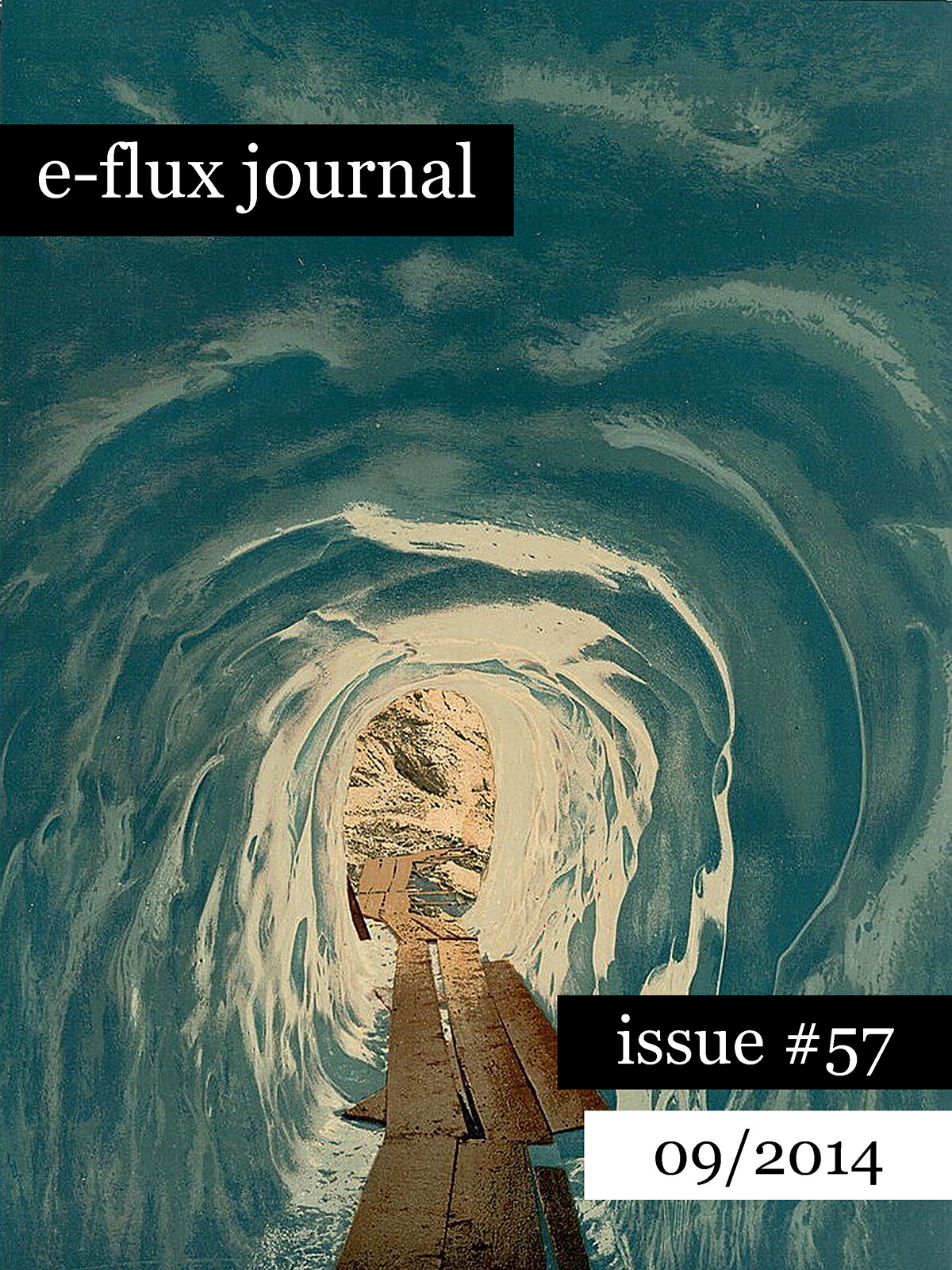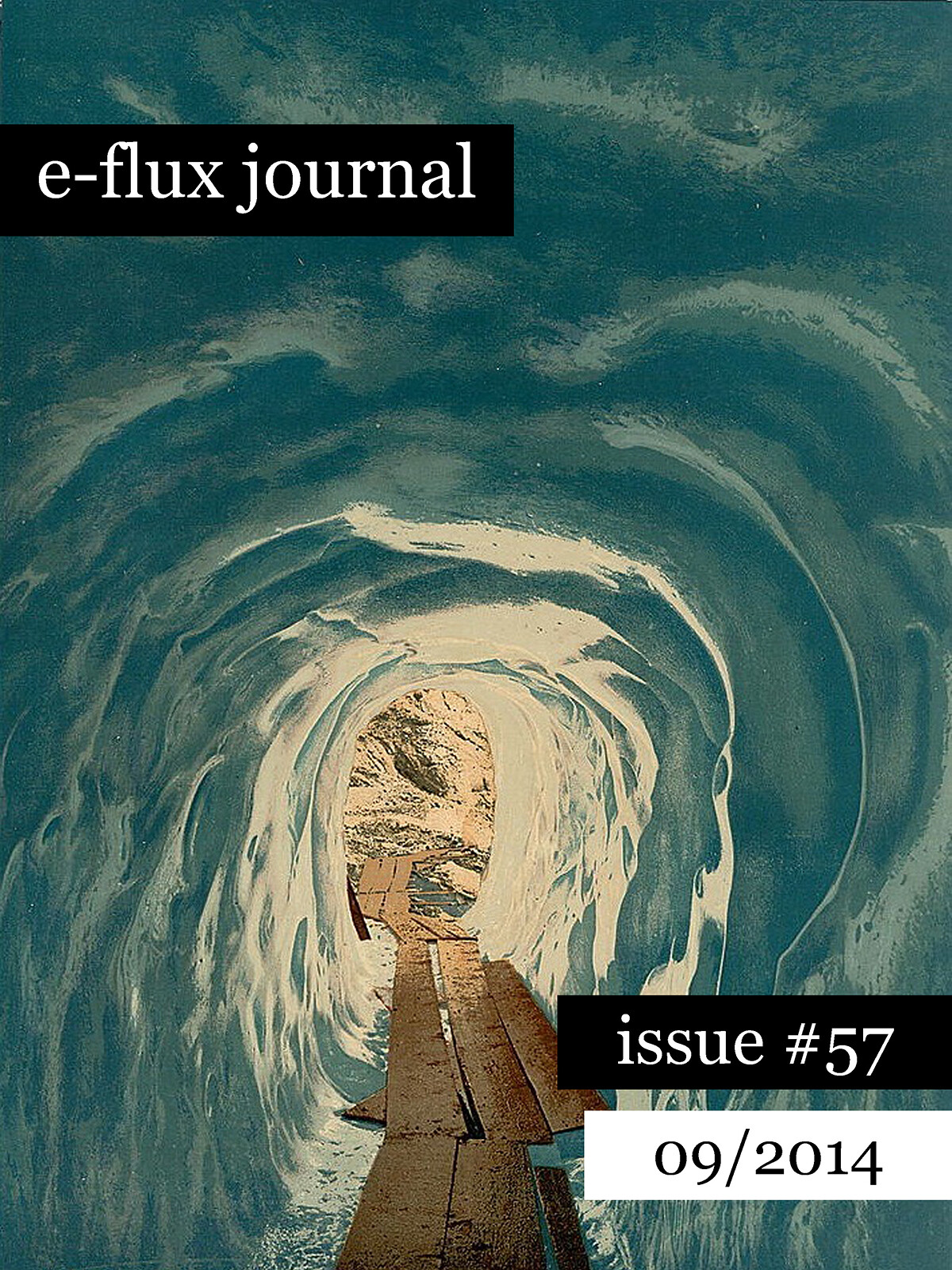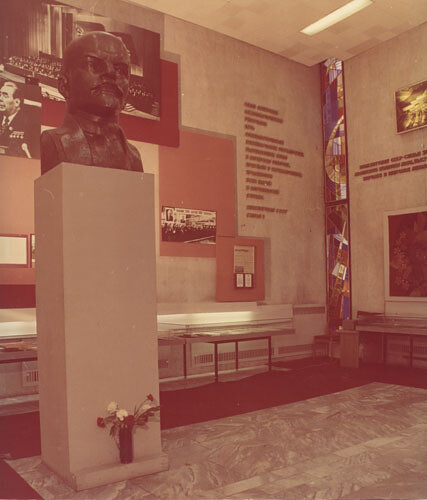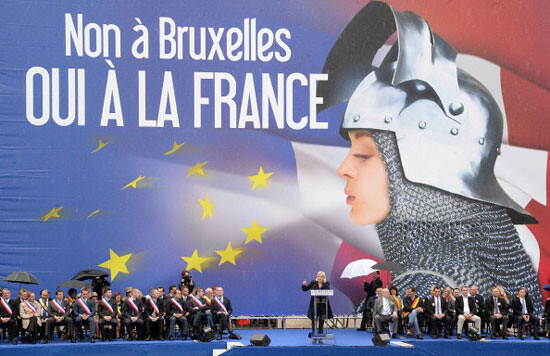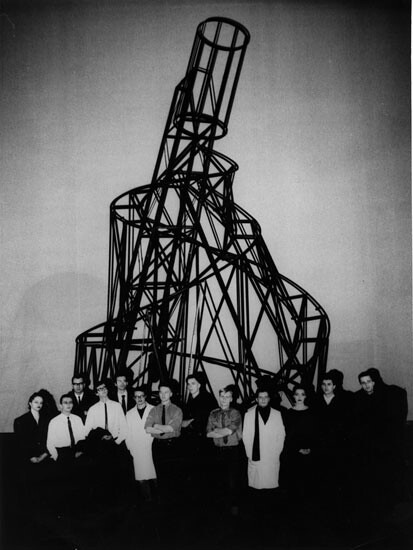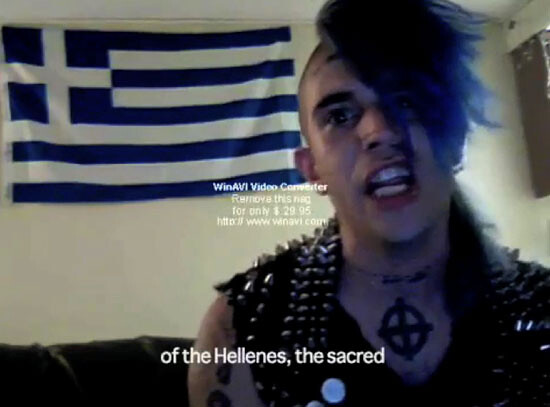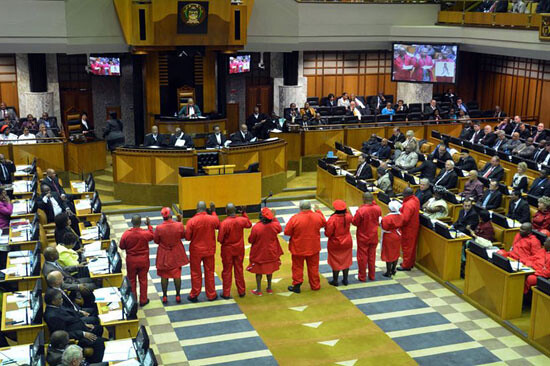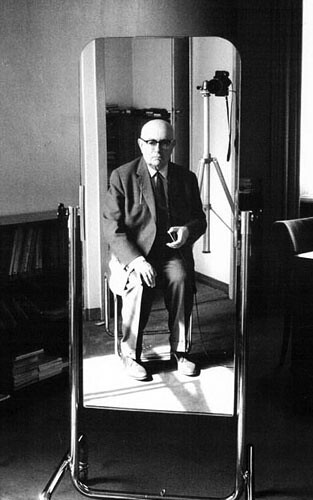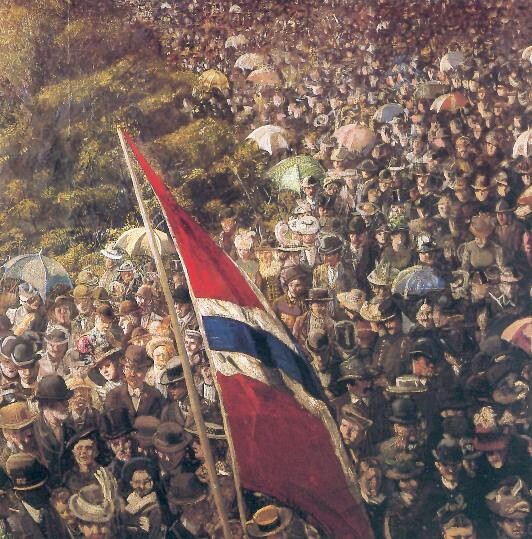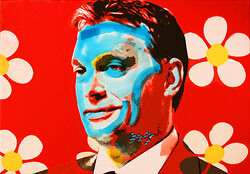Francis Fukuyama, and even his mentor Alexandre Kojève before him, warned of boredom, stasis, and homogeneity being characteristics of the “universal homogenous state” that would mark the end of history. As Fukuyama put it: in the post-historical period there will be neither art nor philosophy, just the perpetual caretaking of the museum of human history. And indeed, the phase of contemporary art has also been characterized in discussions over recent years as a reformatting of time into a perpetual present. The contemporary is the now that never ends, the art that circles itself at the tail end of history looking back on defunct ideologies, archiving and polishing them for a future that never arrives.
